
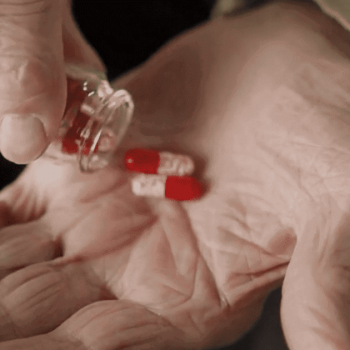
Patient Safety
What Are The Most Common Patient Safety Issues?
Last Updated –
SonderCare Learning Center

SonderCare Learning Center
What Are The Most Common Patient Safety Issues? Patient safety is fundamental to the quality of health services. Safe care is effective, people-centered, timely, equitable, integrated and efficient. It’s a priority for patients around the world – for instance, the Patient Safety Institute found that one-third of North Americans rank patient safety in their top three healthcare priorities. Here are the most common patient safety issues that affect seniors and their families.
SonderCare Editorial Policy
All of our articles are written by a professional medical writer and edited for accuracy by a hospital bed expert. SonderCare is a Hospital Bed company with locations across the U.S. and Canada. We distribute, install and service our certified home hospital beds across North America. Our staff is made up of several hospital bed experts that have worked in the medical equipment industry for more than 20 years. Read more about our company here.
Diagnostic errors happen when a health care provider gets a diagnosis wrong. In some cases, the mistake can lead to a minor delay in recovery or treatment; in many other cases, diagnostic errors can be very serious. Missed and delayed diagnoses can result in patient suffering, adverse outcomes and death.
Many healthcare facilities have patient safety facilitators on staff to prevent diagnostic errors. They monitor adverse events, perform root cause analysis of events, facilitate action plans with teams to improve the system and conduct a risk analysis of processes to prevent mistakes from happening.
Discharge – when a patient leaves the professional care of the hospital, this can be a vulnerable time. After receiving treatment for an acute condition, the patient must know how to care for themselves after they leave and what they need to ensure it’s safe and complete. If they are overwhelmed by information, they can become confused; not enough information, on the other hand, can put the patient in danger.
To minimize problems, most healthcare facilities will have a discharge practice for patients to go through before they formally leave. Standardizing discharge practices can help improve outcomes. For many seniors and their caregivers or loved ones, knowing what they’ll need after leaving the hospital – care instructions, medications, mobility aids, and assistive equipment like homecare beds – can make discharge easier to manage.
Medication errors are a swathe of problems centered on prescriptions – they can include the patient receiving the wrong drugs, the wrong dosage instructions, or a combination of drugs that don’t interact well. Most medication errors stem from human errors like slips in the documentation.
It’s something everyone must take seriously. The American Food and Drug Administration says, since 1992, that more than 30,000 medication error reports have been filed. Because the reports are voluntary, the number is likely higher.
New bacteria strains have emerged that are resistant to antibiotics. It stems from the overuse and misuse of antibiotics, poor infection control in some facilities, and a lack of prevention strategies. These strains can spread quickly, limiting the ability to treat infectious diseases. Many illnesses – from blood poisoning to pneumonia to gonorrhea – are getting harder to treat.
Antibiotic resistance can cause significant declines in patient safety and quality of care in hospitals, and it leads to another common patient safety issue: healthcare-associated infections. The CDC reports that 1 in every 25 patients gets a healthcare-associated infection during their hospital visit. In the United States, this comes to 722,000 cases a year, with 75,000 patients dying from them.
Washing hands before and after patient contact is one of the infection control measures hospitals can enforce as a policy. Hand washing can stop the spread of bacteria, especially when all parties are diligent. Many seniors and immunocompromised people choose to age in place and have their healthcare concerns tended to at home to avoid these complications.
One issue patients can face are demands on local hospitals. Hospital beds play a major role in patient comfort and recovery, but recent events have shown how the need for patient beds can overwhelm healthcare settings. It can lead to long wait times, subpar patient experiences, and delayed diagnosis or treatment.
In-home hospital beds are helping many seniors take control of their care. These specialized models allow them or their caregiver to raise or lower the bed’s height, letting the patient take on a seated position or move out of the bed and into a mobility device easier and with less pain. Anyone with mobility problems, handling back injury or pain, hip problems, or the effects of surgeries can incorporate a hospital bed into their in-home care.
If care needs are a long-term concern, adult children may want to transition their parents or elderly loved ones into homecare. Recent innovations in hospital beds mean these pieces of medical equipment don’t have to feel out of place. Due to the residential design and focus on safety, a SonderCare bed will help the patient feel comfortable while they get the care and support they need.
Miscommunications, human factors connected to healthcare professionals, and human factors related to patients were the contributing causes in decreasing order of frequency. Human aspects include ‘lack of attention’, ‘stress,’ ‘aggression,’ and ‘weariness,’ among others.
The following are some of the most concerning patient safety issues. Pharmaceutical errors are a prominent cause of damage and preventable harm in healthcare systems: the cost of medication errors is estimated at 42 billion per year worldwide.
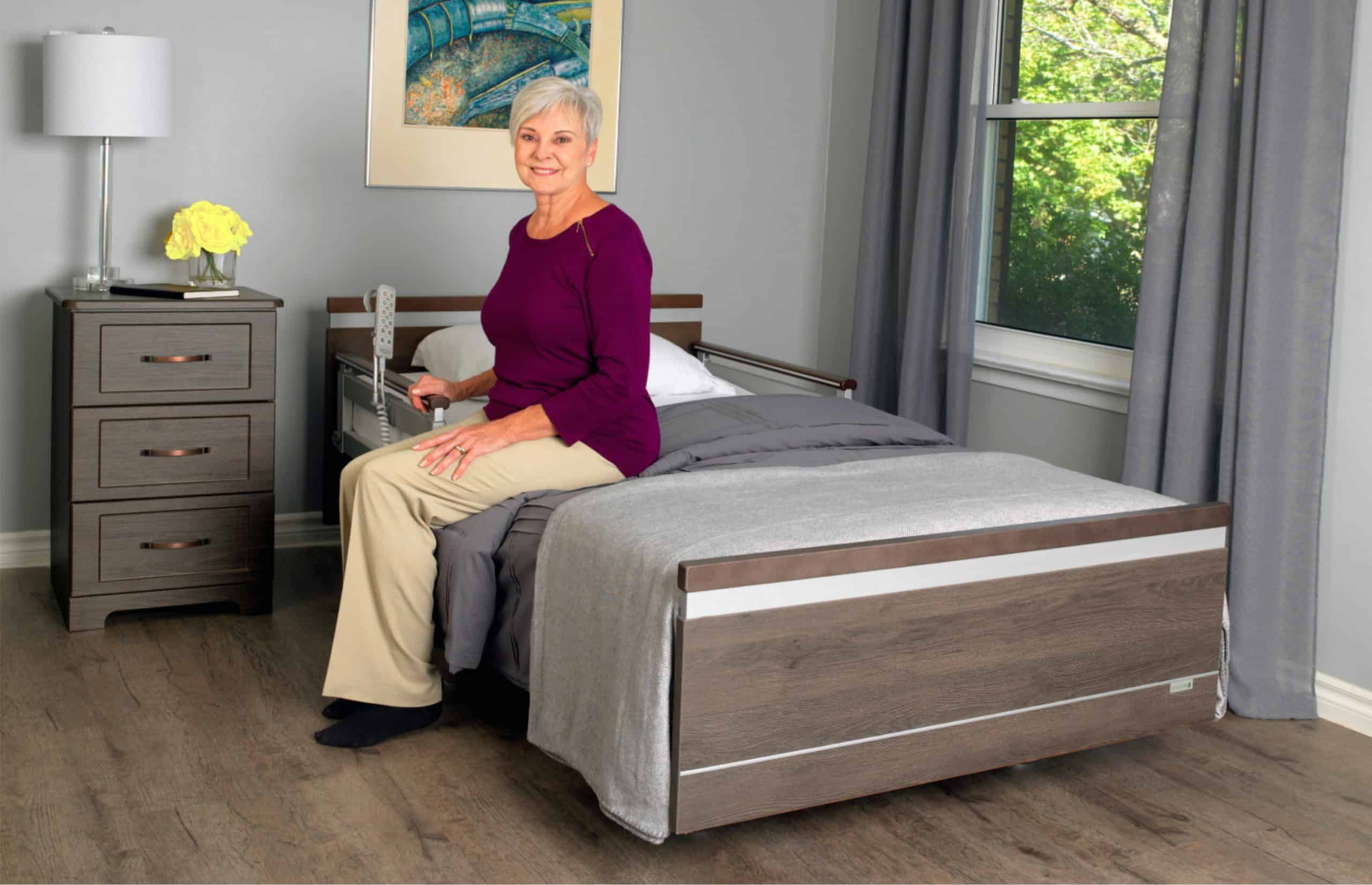
The SonderCare™ Bed is like nothing else on the market today. Designed to conform to the latest international standards, this product provides you with a sense of safety, comfort, and greater independence than standard flat or adjustable beds.
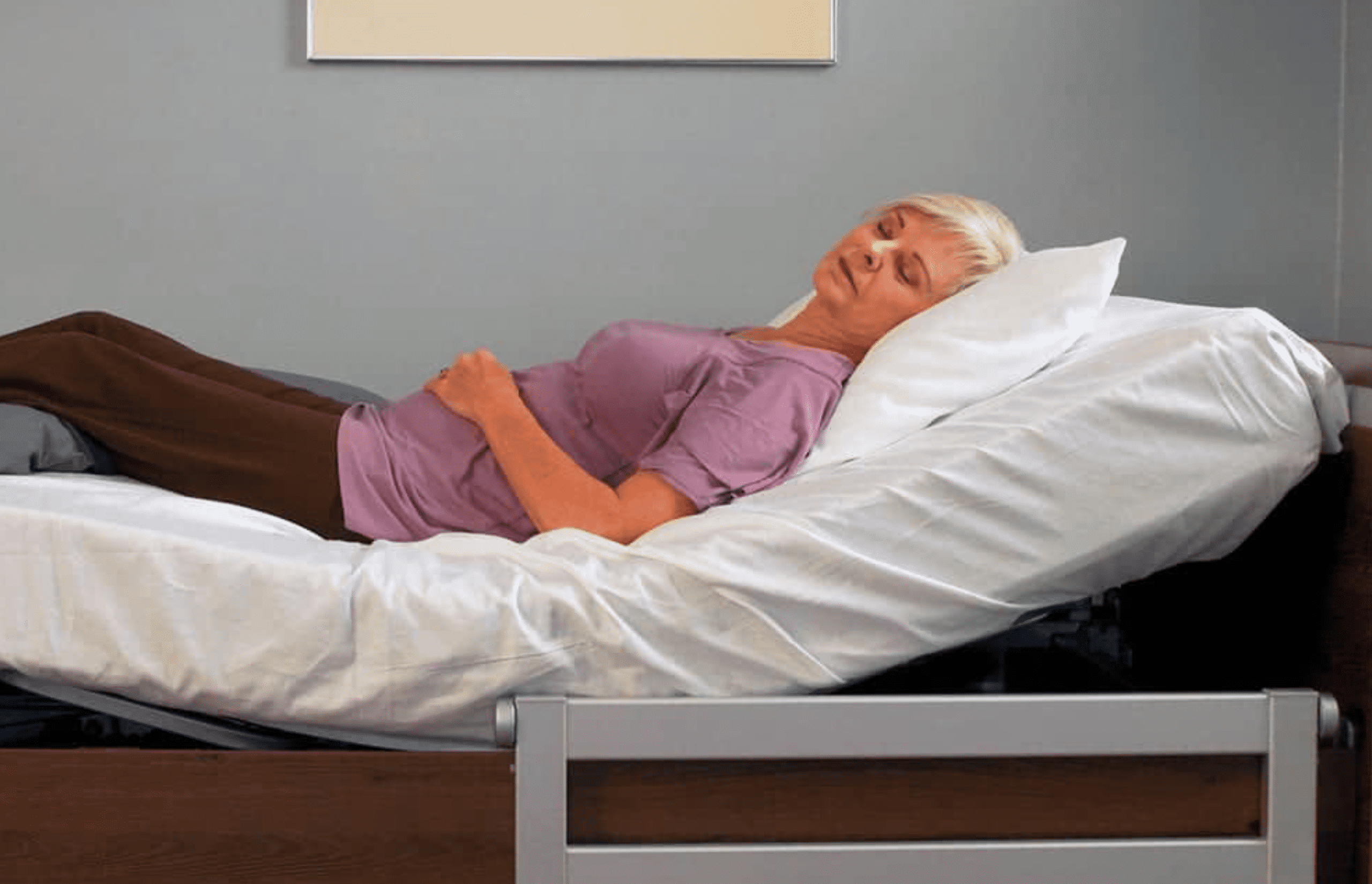
SonderCare offers the Comfort™ and Dream™ pressure reducing mattresses that provide exceptional comfort, support and durability for health care communities and home care settings.
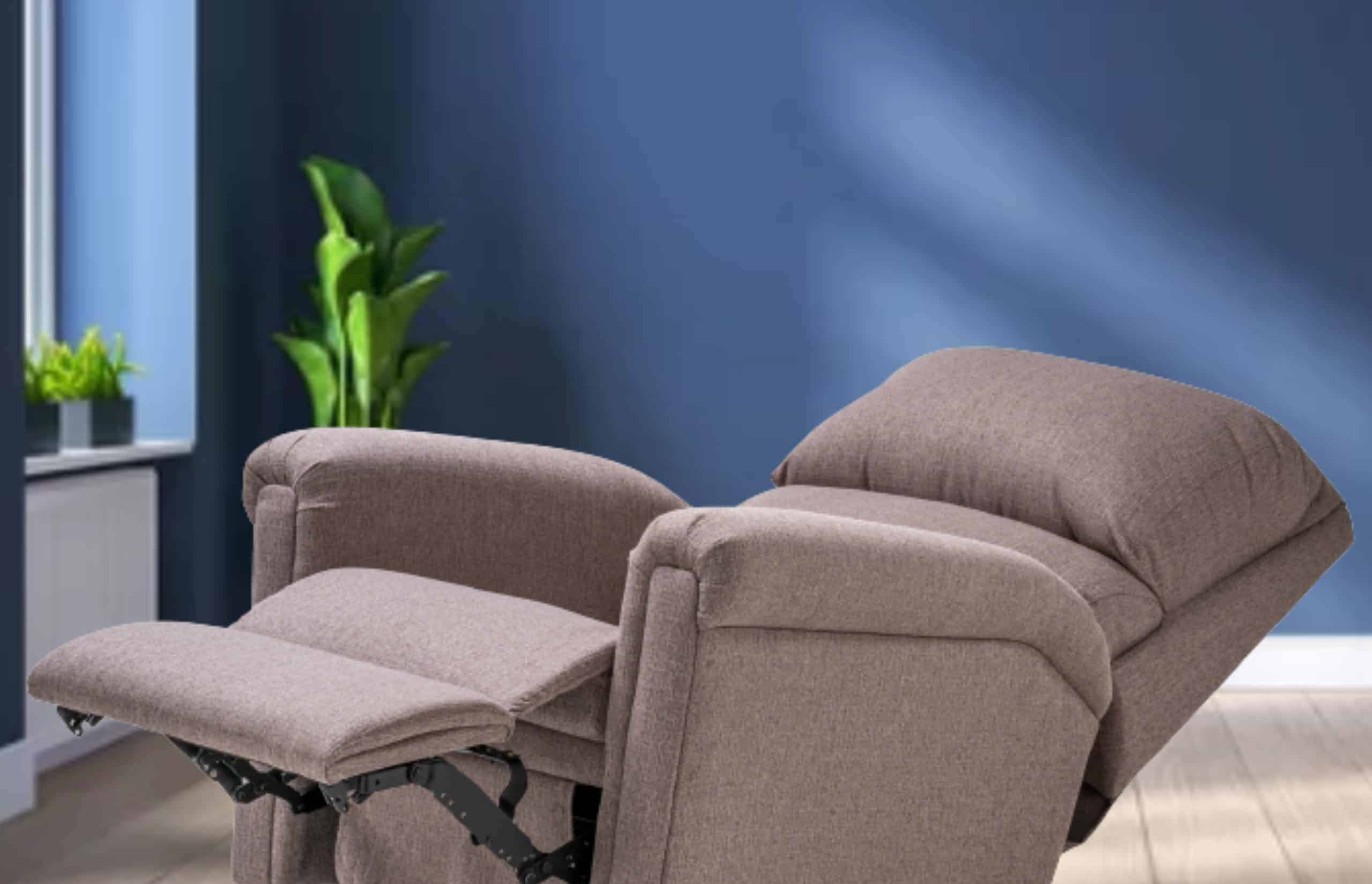
SonderCare’s fully-electric Rise & Recline Chair supports users in shifting from a sitting position, to fully reclining flat and then boosting up to standing when desired – this chair helps support comfort as well as safe mobility.

SonderCare’s fully-electric Rise & Recline Chair supports users in shifting from a sitting position, to fully reclining flat and then boosting up to standing when desired – this chair helps support comfort as well as safe mobility.
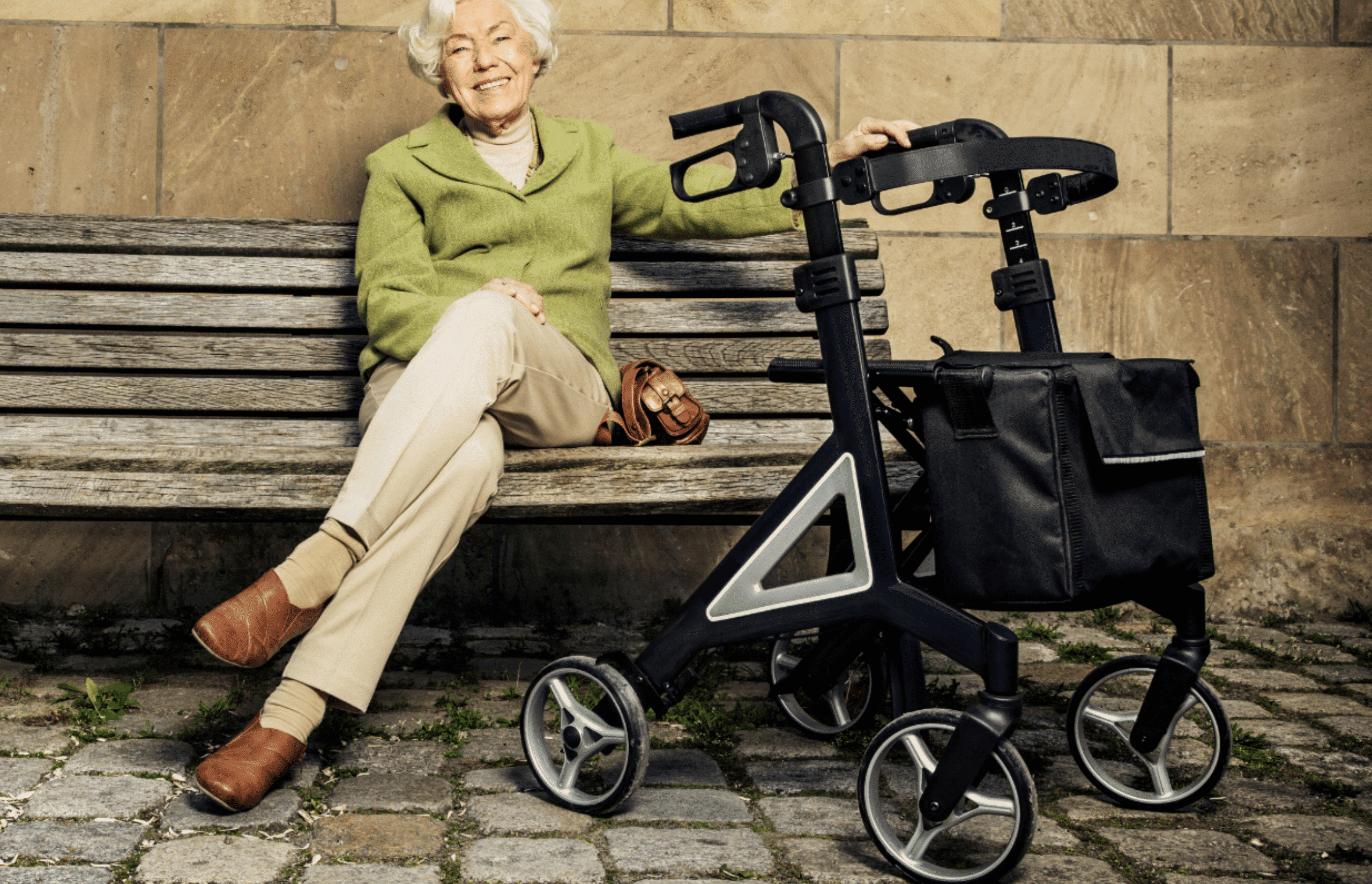
SonderCare premium rollators are the ultimate lightweight, ultra-stable rollators to keep you secure and comfortable in any setting. The Ultralight Carbon and the rugged Aluminum models are both ergonomically designed and adjustable to suit the needs of every user.
Start Your Patient Safety Products Inventory With SonderCare
Are you recently discharged from hospital, experiencing mobility issues, or in need of palliative or senior care? Enjoy a smoother recovery and get the luxury you deserve by choosing our home hospital products. Contact us today to discuss home hospital beds, mattresses, stand assist chairs and other accessories to make your home hospice perfect for a truly comfortable experience.
Are you looking for the most recent articles on patient safety? Browse our latest resources below and let us know if you have any questions. We’re here to support you as you embark on your road to home medical care.
Seeking The Best Care For Your Loved One?
Browse North America's Luxury
Patient Safety Products
Inventory